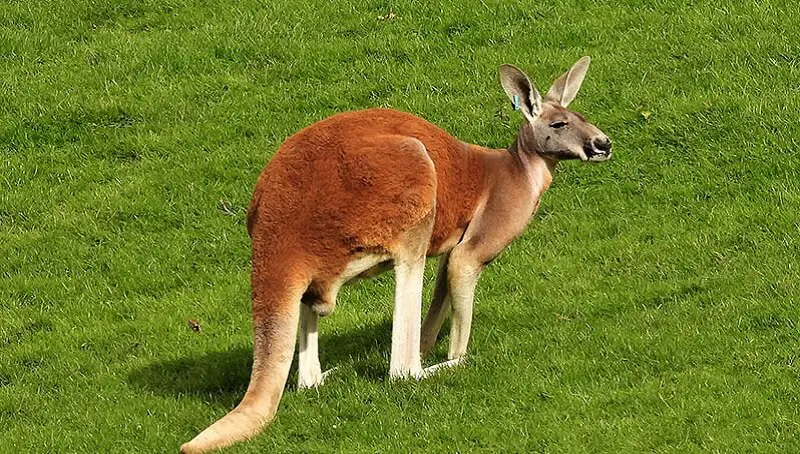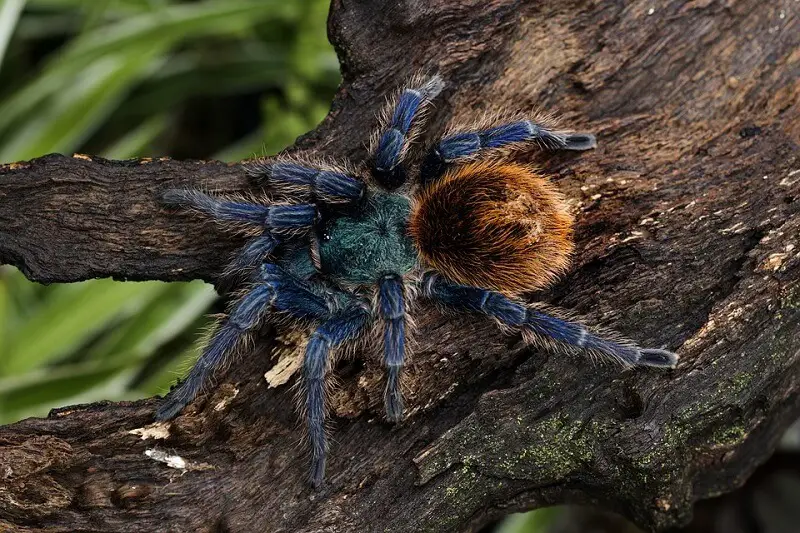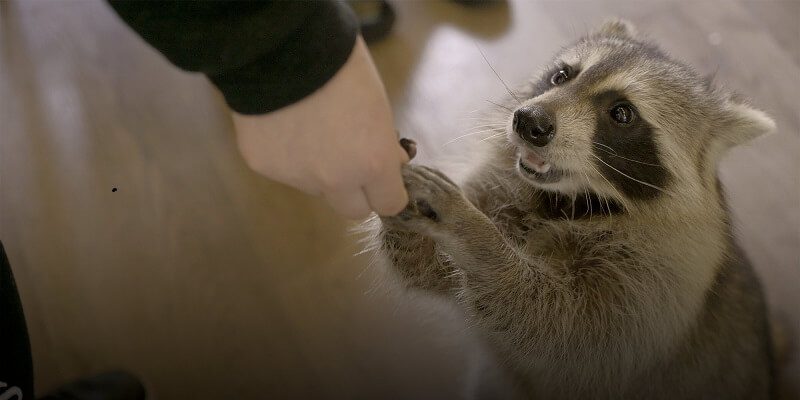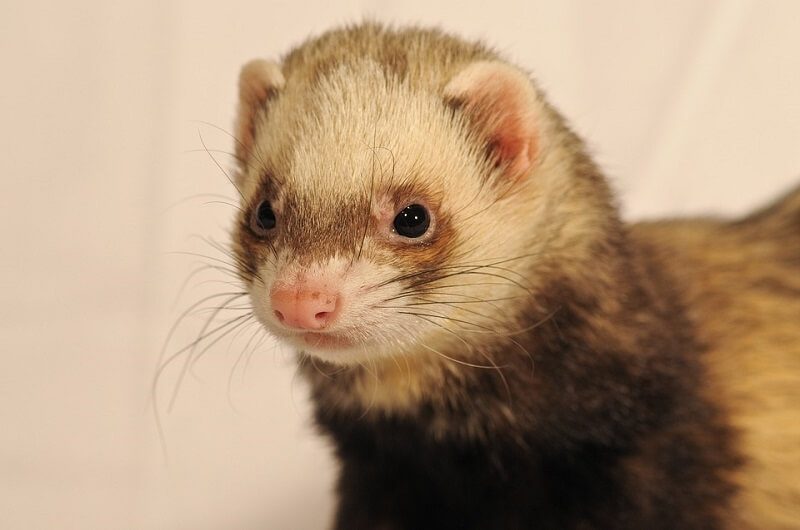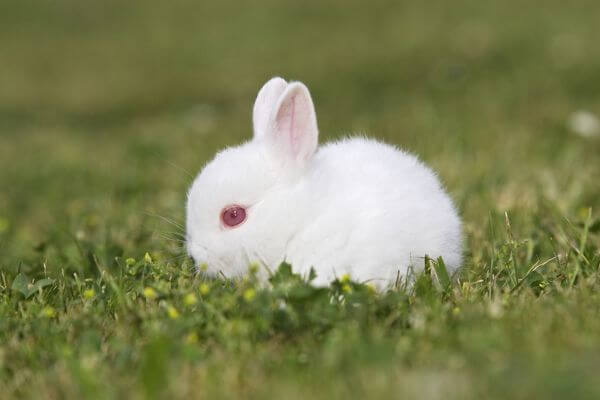- Life span: 4 to 10 years
- Living environment: Desert, dry forests
- Scientific name: Macroupus Rufus
- What they eat: Grass, seeds
- Predators: Dingo dogs, humans
- Diet / Category: Herbivore / mammal
- On which continents it is found: Australia
Where can you find a red kangaroo?
The largest marsupial living today, the red kangaroo is found in almost all of Australia, living in the largest numbers in the wooded areas of the open Savannah. The population varies widely from year to year. When rainfall is heavy, the numbers can reach 12 million, falling to 5 million during dry periods.
At almost 2 m tall, the red kangaroo is the largest marsupial and the largest land animal in Australia. Its huge hind legs allow it to jump at speeds of up to 60 km/h for a few minutes, traveling several meters in a jump, using its one-meter tail for counterbalancing.
Australia’s sandy plains, semi-deserts, savanna, and bushes are extremely harsh environments, but the red kangaroo is well adapted to these hot, dry, and largely arid landscapes. Active mainly at sunrise and sunset, it retreats to the shade of trees or rocks during the hottest time of day. It repeatedly licks its front paws to regulate its body temperature. As saliva evaporates, the blood under the skin is cooled.
How to recognize a red kangaroo
The head of a red kangaroo is small compared to the size of the body. They have a pair of protruding ears that keep them erect and pointed forward as a warning sign. The face is slightly elongated and has wide nostrils.
A fully grown red male kangaroo can be between 1,6 and 1,8 m tall in an upright position, while females are smaller at 80 cm to 1 m.
Adult males reach a weight of around 89 kg and sometimes it can even exceed 90 kg. Females are one-third the size of males and can reach up to 36 kg.
The tail is quite long and can reach about 1,3 meters in males. It is the third point of support when the kangaroo is in a state of rest and functions as a helm when moving rapidly. The tail muscles are strong enough to support the weight of the kangaroo.
You might also like my articles on:
The hind legs are long and strong. The second and third toes of the hind legs are fused, adapting to jumping as a means of locomotion.
The forelimbs are short, with muscular forearms in males, and have claws that they use for care and fighting. In general, the males’ body is more robust than that of females.
Females have a pouch that is absent in males and functions as a carrying bag once an offspring is born.
Males usually have a reddish-brown coloration on the dorsal region and a cream-to-gray color on the ventral region. Because of this, they are called red kangaroos. Females, on the other hand, have a gray coloration and are less striking than males, very similar to that of young kangaroos and offspring. In the more arid regions of its area, females may have a reddish coloration.
Family groups
A highly nomadic species, the red kangaroo does not have a fixed area. They wander long distances in search of fresh grass or leaves. The kangaroo lives in small groups of up to 10 animals, which usually consist of a large, dominant adult male, and a few smaller females that are half its weight, along with a few joeys. If the food is rich, several groups can unite.
Behavior
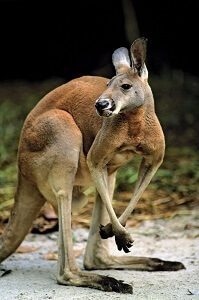 Red kangaroos use their highly developed scent to detect water, and if it is in insufficient quantities, they migrate up to a distance of 200 km from their usual grazing sites to find it. They seek their food mainly at night, which consists of succulent sprouts of grass, herbs, and leaves. They live in groups of 2-10 individuals, although during the drought they can gather up to 1 500 around a waterhole.
Red kangaroos use their highly developed scent to detect water, and if it is in insufficient quantities, they migrate up to a distance of 200 km from their usual grazing sites to find it. They seek their food mainly at night, which consists of succulent sprouts of grass, herbs, and leaves. They live in groups of 2-10 individuals, although during the drought they can gather up to 1 500 around a waterhole.
Red kangaroos usually graze upside down, but remain alert, looking for predators and listening. Their keen eyes can detect a dingo from a distance of 350 m, and their large ears are very sensitive. If a member of the group detects a potential predator, they will warn others by kicking or pounding their tails. Then the group runs away, taking refuge in the water if possible. When running from danger, the red kangaroo jumps on its hind legs. It can reach speeds of 60 km/h over short periods.
The dominant male in a group of red kangaroos will combat any claim to supremacy from other males. When they play or fight each other, kangaroos can stand and box, but their natural defense is a strong kick. The dominant male in the group mates with several females.
Reproduction
Reproduction is determined by the availability of food, as red kangaroos may not mate during droughts. Females only conceive offspring if it has rained enough to produce abundant green vegetation. During a prolonged period of drought, males no longer produce sperm. However, they have a reproductive system in which a female can have three offspring at the same time, each at a different stage of development. This allows for maximum production of offspring when conditions are favorable.
A female gives birth to a single cub after a short gestation of 32-34 days. This little cub climbs into the mother’s marsupium, attaches to a nipple, and continues to develop. The female mates again a few days after it gives birth, but the development of this new embryo is delayed until the existing baby leaves the marsupium, eight months later.
A joey will still be breastfed until the new baby is born. The female can produce milk independently for each joey, allowing it to provide milk according to the specific needs of each offspring.
Agile jumper
It is very energy efficient, especially at high speeds. The hind legs are like bows, so the impulses triggered during jumps use little energy.
Offspring in the marsupium
At first, the offspring pulls its head out of its pouch when it is about five months old. It leaves the marsupium at eight months and is still breastfed for another four months.
More than 11,5 million red kangaroos live in hot and arid areas of Australia.
The red kangaroo is considered harmful in its home country, Australia, and is hunted for meat and skin. In addition to humans and occasionally the tail-feather eagle, its only predator is the dingo.
Facts!
It is the largest marsupial that lives only in Australia.
It is an herbivore and eats only the leaves of young sprouts and fresh grass.
It travels during its jumps at a speed of 60 km/h.
The length of its jump measures 12m.
It has incredible strength in the hind limbs that finish with very sharp claws.
With a single punch, the kangaroo can break a man’s abdomen.
The abdomen of the kangaroo is protected by a very thick layer of skin.
Male kangaroos are called “boomers”.
The male is 2 times larger than the female.
After birth, the baby will climb to his mother’s marsupium alone because from birth they have incredible strength in their forelimbs.
The female can have a permanent cub in its marsupium and a larger one that has already left the pouch.
Once in the marsupium, the offspring looks for a nipple that he won’t let go of for 70 days.
At the age of five months, the joey pulls its head out of the marsupium for the first time.
When the baby leaves the marsupium, it is 3,5 kg and is fed by the mother until it reaches 1 year of age.
